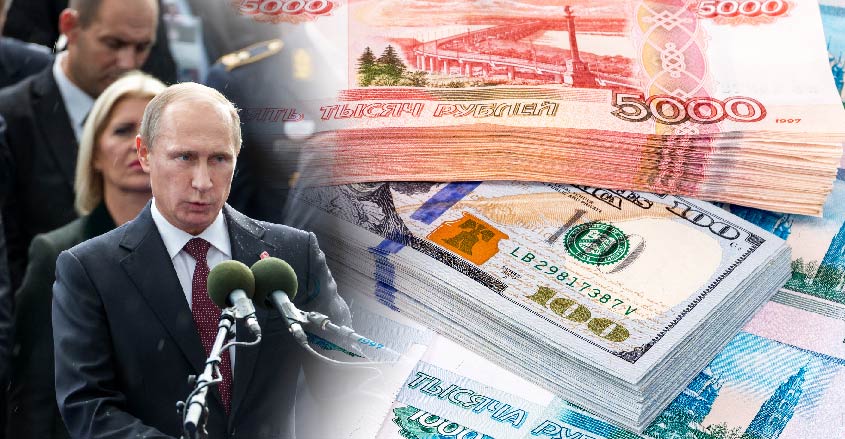After a recent onslaught of U.S.-imposed sanctions, Americans should think carefully before investing in Russian assets.
That is the advice of economic experts on the matter.
Russian markets and assets had entered into a recovery phase after a severe economic downturn following the 2015 oil price collapse. The Russian economy is largely dependent on oil and gas exports.
The rebound has been hampered, though, by targeted sanctions from U.S. federal agencies against specific Russian individuals and businesses.
On April 6, the United States Treasury Department issued penalties against seven Russian oligarchs, 12 Russian businesses and 17 Russian government authorities.
The Russian ruble lost more than 4.5% of its value against the American dollar days later, as sanctions hit.
The country’s main market index crashed 11.4%, the worst showing since 2014 for Russia. On that day, more than 50 of Russia’s wealthiest business people lost over $12 billion in market value.
Since then, the White House has announced — then pulled back — on further sanctions. U.S. Ambassador to the United Nations Nikki Haley spoke of increased sanctions, only to be contradicted by President Trump.
Russian billionaire and precious metals magnate Oleg Deripaska, a close friend of Russian leader Vladimir Putin, is on the sanctions list.
Russia’s leading aluminum producer Rusal, owned by Deripaska, lost over 50% of its share price value on April 9th after sanctions were imposed. The firm could default on its debts to international lenders without Putin’s help.
Sanctioned Russian individuals and businesses can find themselves on the Specially Designated Nationals, or SDN, list.
SDN designates have their American business assets and accounts frozen. Such political turmoil makes investment in Russia risky.
Repricing risk
Tim Ash, senior portfolio strategist at Bluebay Asset Management, says Russia will likely experience a long-term high-risk-premium designation.
“The fact that the U.S. Treasury rolled out secondary sanctions and also hit some big name oligarchs (are) the real game changing events, which I think risks repricing Russia risk on a more permanent basis,” said Ash.
“I think you have to look at Russia through a different risk prism now as a result of the (Treasury) actions on April 6,” Ash said.
Valentijn Van Nieuwenhuijzen, chief investment officer at NN Investment Partners, said that aggressive U. S. sanctions make international investment in Russia an unnecessarily risky bet.
“I think this type of news makes it at this point not a very attractive value opportunity,” Van Nieuwenhuijzen said.
Dmitry Peskov, spokesperson for Russian President Vladimir Putin, predicted the decline in Russian market values would be temporary.
“There have indeed been strong negative trends on the market,” said Peskov.
“Partly that is to do with market trends, partly it’s to do with the emotional fallout (from the sanctions). There will subsequently be a correction,” added Petkov.
Ash does not agree.
“The message from the U.S. Treasury is don’t expect the U.S. government to pull many punches here in its battle for geopolitical hegemony with Russia,” Ash said.
“And investors invest in Russia at their own risk, don’t expect some kind of U.S. government backstop,” he concluded.


